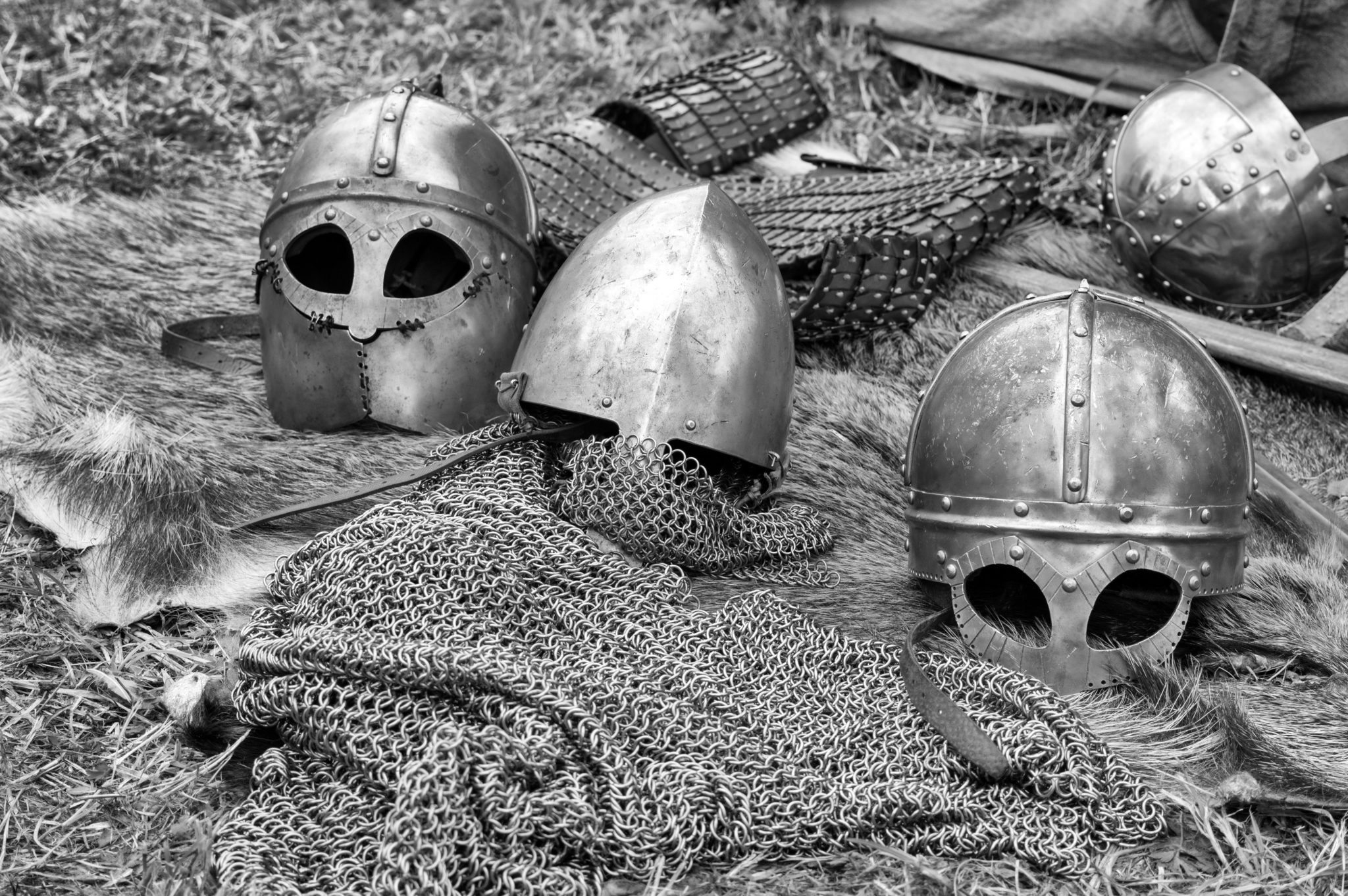In the period known as the “gin craze,” crowds gathered along the frozen Thames to explore the stalls selling hot gin and gingerbread during London’s “Frost Fairs.” Fast forward a year or two, and around 10 million gallons of gin were being distilled in London each year and sold from over 7,000 gin shops.
In the years that followed, the effects were devastating: rising crime, misery, higher death rates, and falling birth rates. Various acts of parliament were enacted to limit the escalating problems associated with the consumption of gin, but by then crime had rapidly escalated.
In a city now plagued by crime, the government turned to Jonathan Wild, nicknamed the “thief taker,” who operated a business that found and returned stolen goods to their grateful owners for a fee. Like a modern-day Robin Hood, Wild is generally credited with being the first private police agent to contribute to maintaining social order, even though he occasionally returned valuables he’d stolen himself.
In 1749, Henry Fielding, the magistrate for the City of Westminster, created the Bow Street Runners–a team of eight men who became London’s first professional police force. What differentiated the Bow Street Runners from Jonathan Wild and his motley crew of thief takers was their formal attachment to the magistrates’ office, and the fact that they got paid by the government. Most of the time.
The Bow Street Runners worked out of Fielding’s office at No. 4 Bow Street which also served as the Bow Street Magistrates’ Court. By 1805, Fielding founded the Bow Street Horse Patrol, who patrolled the city of London and was the first uniformed police unit in Britain.
Meanwhile across the pond, Allan Pinkerton, a Scottish-American detective and spy, established the first private law enforcement organization known as the Pinkerton National Detective Agency in Chicago in 1850. Pinkerton became famous for allegedly preventing an assasssination plot while guarding Abraham Lincoln on his way to his inauguration in Washington. Still in existence today, Pinkerton is now known as Pinkerton Consulting and Investigations and is a subsidiary of Securitas AB.
Other famous detective agencies included the William J. Burns International Detective Agency (now Securitas AB) and the Wackenhut Corporation (now G4S Secure Solutions), who along with Pinkerton, supplied contract security guards to major industrial establishments like the giant Ford Motor Company who employed as many as 3,500 guards in the 1930s in a private police force known as “The Ford Service.”
The 1950s and 1960s saw a boom in the number of people employed by the private security industry. Today, around the world, the private security industry employees far outnumber law enforcement officers. In the United States, according to the U.S. Contract Security Industry White Paper (July 2019), there are 700,000 or 900,000 according to this article: police officers in the U.S. versus 860,000 contracted guards, for a ratio of 1.2 contracted guards to every public policeman. According to the U.S. Bureau of Labor Statistics, there were more than 1.1 million private security guards in 2018, compared with 660,000 police officers and sheriffs.
To what do we attribute said growth of private security guards? Among other explanations is undoubtedly technology, and its ability to support organizational expansion through higher profit margins, operational efficiency and services provided (mobile patrol, alarm response & keyholding, checkpoint tours). The number of private security guards as a result has expanded, and with that a change in their role.
Learn more about TrackTik’s Back Office Suite


